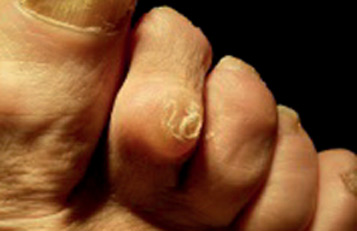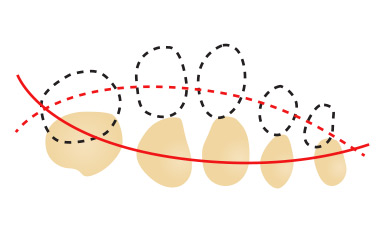Claw toe and hammer toe are common deformities that affect one or several toes. These conditions often develop gradually and can cause both cosmetic and functional problems. Claw toe is characterized by an abnormal bending of the toe joints, making the toe appear claw-like. Hammer toe, on the other hand, causes the middle joint of the toe to bend downward, creating a hammer-like shape.


Toe Claw
It can sometimes lead to lameness and dizziness in the footwear. The shoe becomes painful to bear and causes rubbing. In some cases, this “grie” may associate an “inflammatory bursitis” 5 which is a kind of redness, which sometimes becomes fluid with a tendency to pierce itself: this is called “ulcerative bursitis”.
There is also a retraction of the extensor tendon and a symmetrical “mirror” retraction of the flexor, short and flexor system. (Figure 1). On an X-ray of the foot, it is necessary to eliminate a dislocation (of the MTP joint), which disrupts the architecture of the anterior arch of the foot and creates an additional pain localized at the level of the head: “second ray syndrome”. (Figure 2).
The hammer toe is a deformation similar to the toe grip except that the flexion takes place at the distal level of the toe at the inter-phalangeal joint called the distal and not the so-called proximal articulation.

Forefoot deformity with plantar callus:
There is normally an anterior arch like the internal arch seen on the medial inner edge of the foot. The disappearance of the anterior arch of the forefoot (visible when viewed from the foot by a plunging view) is pathological and is effected by the aaeration of the median metatarsal heads (2nd, 3rd and 4th).
The support is usually on the 1st and 5th metatarsal heads. The support is no longer on the 2 extreme heads but on the middle metatarsal, it becomes painful.
It is the fall of the 3 middle metatarsals that describe a convex curve, this is called an anterior round forefoot. The retraction of the extensor tendons deforms the toe and this causes a pressure of the metatarsal head and its displacement towards the sole of the foot.
Claw toe and hammer toe:
Q & A
Conservative medical treatment:
The treatment is primarily medical:
- Exfoliating ointment
- Pedicure care for hyperkeratosis and callus
- Orthoplasty for deformation in pregnancy,
- Orthopedic insoles: (foot orthotics ) are recommended. These, thanks to a retro support
Surgical treatment?
This is indicated if the toes are stiff and the deformation is irreducible.
- Tenotomy of toe extensor: The tendon section allows partial correction of the tendon (see drawing above);
- Capsulotomy of the metatarsophalangeal joint MTP: the dorsal section of the capsule reduces the flexion; It will allow the metatarsal heads to be raised. Especially if the deformation is reducible.
- DMMO: Distal Metaphyseal Metatarsal Osteotomy. Osteotomies of one or more metatarsals bones :
- This procedure modifies the mechanics and can stabilize the evolution or slow it, It is carried out according to Weil, with open hearth or with closed hearth by minimally invasive way (see drawing above).
Claw toe and hammer toe:
Terminology
Exostosis: Bony protrusion, away from the joint, its formation is linked to excess friction of the bone against a rather rigid body, such as a shoe, for example.
Osteotomy: Cutting of the bone to realign an axis, done with a surgical saw, or by weakening the bone through perforations all around the bone, in a postage stamp-like manner, making bone correction possible with simple manual tension. It’s a kind of “therapeutic fracture.”
MTP Joint: Metatarsophalangeal Joint. Inflammatory Bursitis: Serous, reddish, sometimes fluid-filled cutaneous formation, indicative of mechanical friction.
Ulcerative Bursitis: Inflammatory bursitis with thinning skin that can ulcerate.
Corn: Hardened cutaneous formation consisting of superficial epidermal tissue.
Hyperkeratosis: Deposition of keratin that tends to strengthen the skin in response to friction, it’s an initial sign of cutaneous distress, reflecting a mechanical cause.
Keratoma: Formation of thickened skin with beginning organization and sometimes dark-colored median perforation.
Claw Toe: Retraction of the extensor tendon of a toe, resulting in toe deformation in flexion;
Anterior Arch: It is the line of disposition of the metatarsal heads on an anterior concave curve, with the superior apex: dorsal.
Anterior Rounded Forefoot (APRa): It is the collapse of the 3 middle metatarsals describing a convex curve, this is called an anterior rounded forefoot.
DMMO: Distal Metatarsal Metaphyseal Osteotomy: It’s a distal metaphyseal osteotomy,
Plantar Corn: It’s a plantar hyperkeratosis sign of mechanical hyperpressure.
